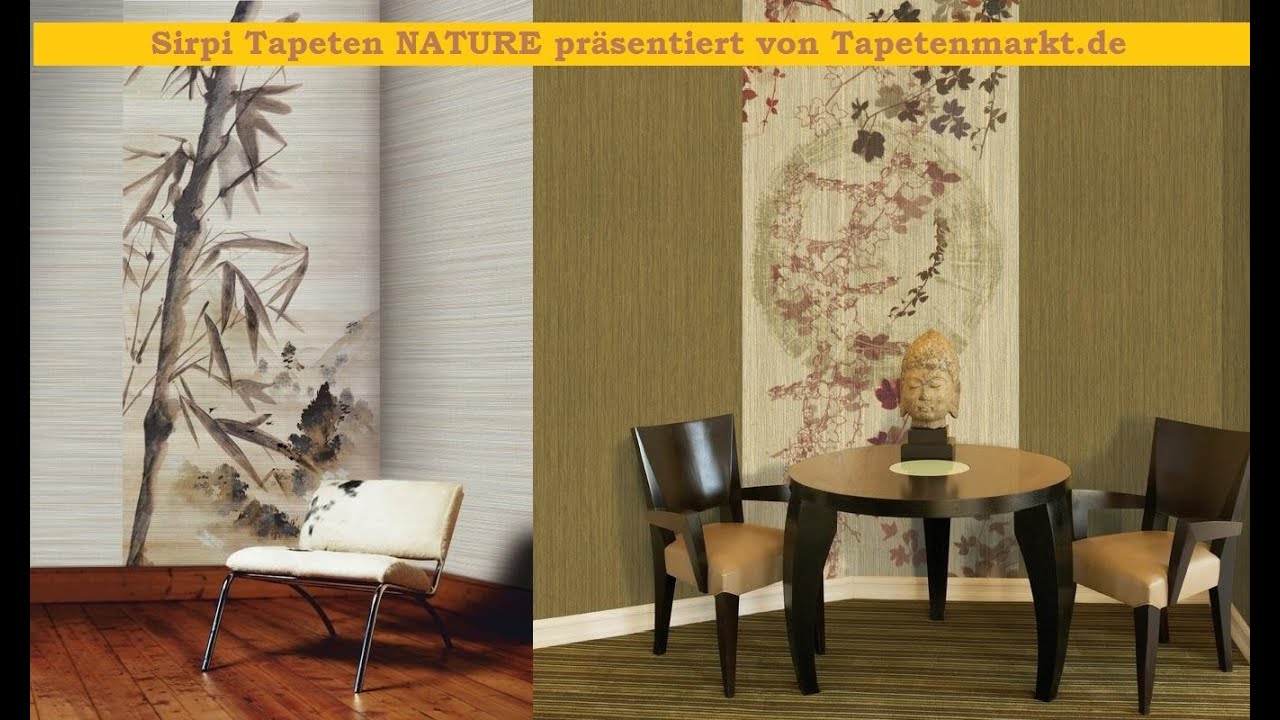Shade Your Space: The Ultimate Guide to Window Tinting for Cars, Homes, and Businesses
Shade Your Space: The Ultimate Guide to Window Tinting for Cars, Homes, and Businesses
Blog Article

Window tinting has become an essential upgrade for cars, homes, and businesses alike, offering a blend of style, comfort, and practicality. Whether you’re looking to enhance the appearance of your vehicle, reduce glare in your living room, or increase privacy in your office, window tinting provides an effective solution. With a variety of options available, understanding the benefits and applications of window films can help you make the best choice for your specific needs.
In the realm of window tinting for cars, drivers can enjoy cooler interiors and shield themselves from harmful UV rays. Home window tint offers a way to maintain comfortable temperatures and protect furniture from fading, while also enhancing privacy. For businesses, commercial window tint can improve energy efficiency and create a more inviting atmosphere for clients. This guide will explore all the facets of window tinting, helping you decide how to shade your space effectively.
Benefits of Window Tinting
One of the primary advantages of window tinting is the significant reduction in heat and glare that it provides. In cars, tinted windows can keep the interior cooler, enhancing comfort for passengers and reducing the reliance on air conditioning. This not only improves the driving experience but can also lead to fuel savings. In homes and businesses, window tinting helps to maintain a pleasant environment by minimizing the harsh sunlight that can fade furniture and carpets.
Another key benefit of window tinting is its impact on energy efficiency. By regulating indoor temperatures, window tinting can help reduce energy costs throughout the year. For homes, this means less strain on heating and cooling systems, leading to lower utility bills. In commercial settings, energy efficiency translates to significant savings, making it a smart investment for business owners looking to cut operational costs and promote sustainability.
Lastly, window tinting enhances privacy and security. Tinted windows can deter prying eyes, making it more difficult for outsiders to see into vehicles, homes, and businesses. This added layer of privacy can be particularly important for families and organizations. Additionally, certain types of commercial window tint can reinforce glass, making it more resistant to breakage, which adds an extra measure of protection against vandalism and theft.
Types of Window Tinting
When it comes to window tinting, several types cater to different needs and preferences for vehicles, homes, and businesses. The most common type is dyed window tint, which uses a layer of dye to darken the glass. This option provides privacy and reduces glare but does not offer significant heat rejection. It is affordable and popular for vehicles and residential settings.
Metalized window tint is another option that incorporates metal particles into the film. This type enhances window strength while reflecting heat and UV rays more effectively than dyed options. Metalized tints are often used in commercial settings where durability and energy savings are essential. However, they can interfere with electronic signals, which might be a drawback for some users.
Ceramic window tint is the premium choice, known for its advanced technology. It utilizes ceramic particles that are non-metallic, providing excellent heat rejection and UV protection without interfering with electronics. This type of tint is suitable for high-end vehicles and buildings aiming for maximum comfort and energy efficiency. Although more expensive, its long-lasting benefits often make it worth the investment.
Installation Process
The installation process for window tinting can vary depending on whether you are tinting a vehicle, your home, or a commercial space. For cars, professionals typically clean the windows thoroughly to remove any dirt, dust, or grease. This ensures that the film adheres properly to the glass without any imperfections. After cleaning, the tint film is carefully measured and cut to fit each window before being applied, ensuring a flawless finish.
When it comes to home window tint, the process is somewhat similar but may involve different equipment and techniques. Home windows are often larger, requiring wider rolls of film. Professionals will measure the windows and cut the film to match the dimensions accurately. They will then use a solution to assist in positioning the film on the glass, allowing for adjustments before pressing out any air bubbles and sealing the edges for a clean look.
For commercial window tint, the installation may involve more complex considerations, such as the size of the windows and the overall design of the building. Businesses often seek to enhance energy efficiency and privacy, so installers will assess the specific needs and recommend the best type of film. The installation process includes significant planning and might require scaffolding or ladders for higher windows. Once installed, the benefits of reduced glare and increased comfort can be immediately noticeable to both employees and customers.
Maintenance and Care
Proper maintenance of window tinting is essential to ensure longevity and maintain its aesthetic appeal. For cars, it’s advisable to avoid rolling down the windows for at least a few days after installation to allow the tint to properly adhere. Regular cleaning with mild, non-ammonia-based solutions can help preserve the tint’s clarity and prevent damage. Soft microfiber cloths are best to avoid scratching the surface.
Sign Up
When it comes to home window tint, routine inspections are important. Check for any signs of bubbling, peeling, or discoloration. If detected early, these issues can often be resolved by a professional. To clean tinted windows at home, use a gentle cleaner and a soft cloth, similar to what you would use for car windows. Avoid abrasive materials as they can compromise the film's integrity.
For commercial window tinting, maintaining a professional appearance is key. Regular cleaning schedules should be established, particularly in high-traffic areas. Ensure that employees are educated on how to care for tinted windows, promoting longevity. Monitoring the condition of the tint can help address any issues before they affect the building’s energy efficiency or aesthetic value.
Report this page